New in Chess Yearbook 106 Review
Chessbibliophile continues his series of reviews on New in Chess Yearbooks, important titles from the point of opening theory-Ed.
***
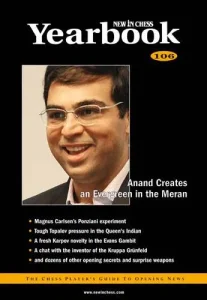
New in Chess Yearbook 106
Softcover:256 pages
New in Chess. 2013
“When are you going to finish this review?
You have taken so long and readers are waiting.”
It was my chief on the phone, impatient and annoyed.
Blame it on Anand. Will you?
Ever since I saw the disaster for white in the well-known miniature, Aronian-Anand, Wijk-aan-Zee 2013.
I have been working on an improvement. The yearbook here shows another. Both are worth a look.
Meran Variation (D46)
1.d4 d5 2. c4 c6 3.Nf3 Nf6 4.Nc3 e6 5.e3 Nbd7 6.Bd3 dxc4 7.Bc4 b5 8.Bd3 Bd6 9.
0-0 0-0 10.Qc2 Bb7 11.a3 Rc8 12.Ng5 c5
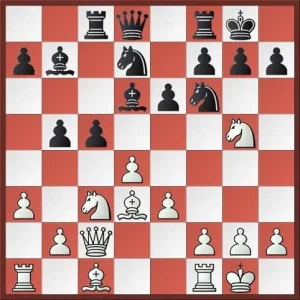
In the game White played 13.Nxh7, a move not bad in itself and erred only later to lose. But why not 13.Bxh7+ ? After 13…Kh8 14.Be4 Nxe4 15.Ncxe4 Bxe4 16. Nxe4 cxd4 17. Qd3 Nc5 18.Nxc5 Rxc5 19.Qd4
White still has a pawn plus, though it is only a slight advantage on account of active Black pieces.
In the yearbook here Editor Peter Boel comes up with a more striking idea.
13. Bxh7 Kh8 14.d5!?
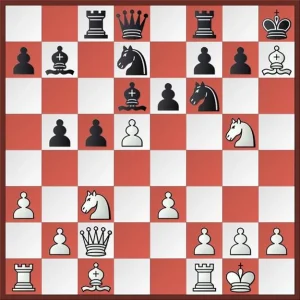
If 14…Nxd5? 15. Bg8!
If 14…Bxd5 15.Nxd5.
Black’s counterplay loses steam as the Meran bishop is eliminated.
So Black is only left with14…exd5.
After 15.Nb5 Bb8 16.Bf5 we have the following position
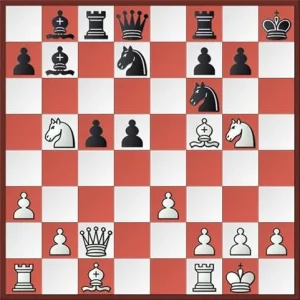
Here Peter Boel offers a cautious opinion, “White does not look worse.”
A possible line is 16…a6 17.Nc3 Qc7.
If White can develop his bishop on c1 and target the pawns on c5 and d5 with his rooks, he would have the better game.
Meeting Meran with White
There is more to this yearbook than analysis of one critical variation. There are as many as 27 surveys of openings ranging from Evans Gambit to English Opening. The Informant style annotations to games are a bit of problem as they offer little explanation in words. But the introduction to each survey admirably sums up the current status of theory.
Also note, “special contribution” by any GM to the issue means that it first appeared in New in Chess Magazine and here it is reproduced in abbreviated form. It goes without saying that the fuller version in the magazine is preferable.
From a more positive point of view a lot of important opening material is crammed in these pages. A case in point is the delineation of a critical variation in Petroff Defence.
Black players wary of openings with multiple lines can choose the relatively simple Petroff. But there is one wild line they need to know and it’s rewarding as well.
1. e4 e5 2.Nf3 Nf6 3.d4 Nxe4 4.dxe5 Bc5!?
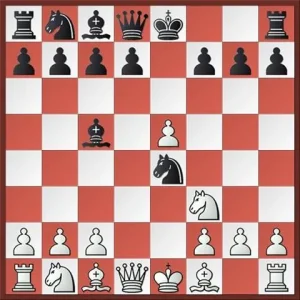
At the end of the day 4. dxe5 Bc5 is a razor sharp line. Either player can lose if he is not armed with precise analysis. White will end up a rook down if he does not know to attack. Black will end up with checkmate if he does not know how to defend.
3.d4 Line in Petroff Defence
There are other important opening surveys, each dealing with one critical variation.
Book reviews by Glenn Flear deserve special mention. I was a little disappointed by his sketchy treatment of Sergey Kasparov’s book, Dynamic Benko Gambit (New in Chess.2012).
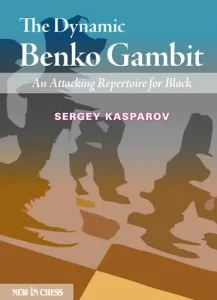
Flear is familiar with the current scene on Benko as he regularly deals with it in his column, Daring Defences at ChessPublishing.com.
His treatment of the title Dégainez la Kalachnikov (Chess Evolution.2012) is much better. Incidentally, the book is now available in English.

Interested readers may check out a review here.
I believe, the Kalashnikov is a suitable weapon for Black players looking for a hand to hand combat. It is also a good surprise for White players who are more accustomed to Sveshnikov. The Kalashnikov, as the name suggests, is also a dangerous weapon. So make sure that it does not go off by accident when you are holding it.
I do have an issue, albeit minor one, with the names of Indian players in these yearbooks. Quite a few contributors mix them up. In this issue Mihail Marin gets the name, Deepan Chakkravarthy in the wrong order with the result that Deepan is taken to be the family name. It is not.
Otherwise I like this yearbook. It could do with more explanatory prose and in the long run an online edition and a playable format.




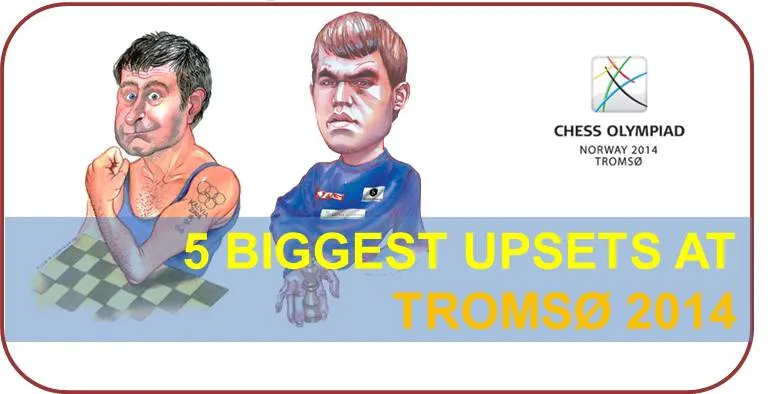





Comments: